Guide to Understanding the Michelin Guide in Mexico
"El laberinto de la soledad", Octavio Paz outlined a Mexican idiosyncrasy imbued with deep and complex feelings, where the perception of the other plays a crucial role.
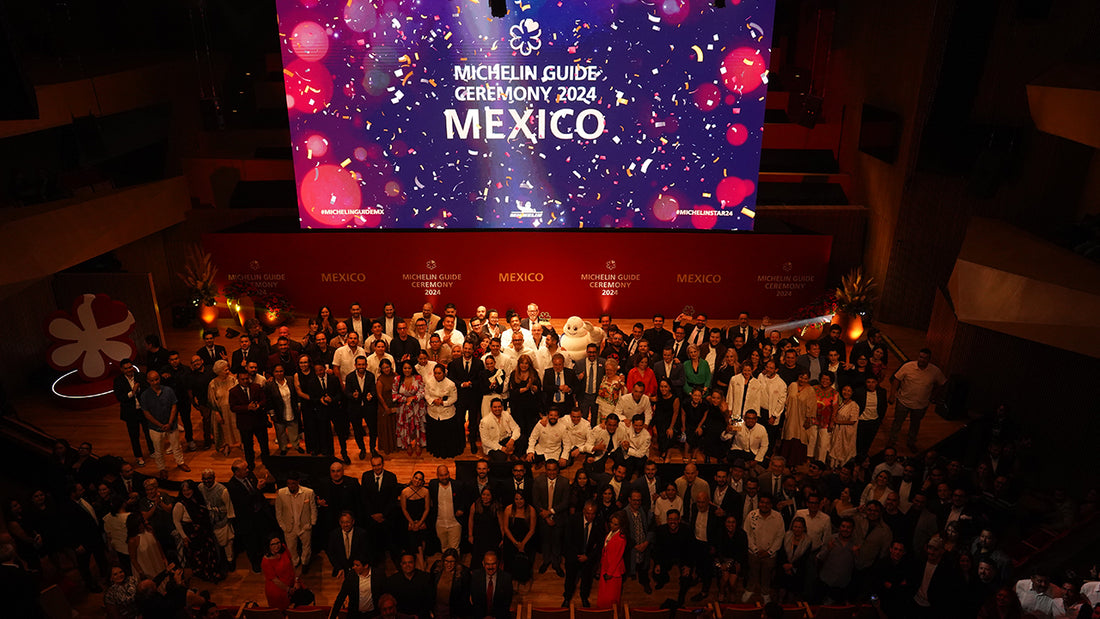
By La Tía Polis / Photos: Courtesy of CANIRAC
For many Mexicans, interactions with foreigners can be viewed through a prism of tension: violence, betrayal, and mestizaje. This experience not only speaks of historical vulnerability but also of latent envy woven into the social fabric.
Envy, in this context, is not merely a desire for what others have, but a reaction to the perception of injustice and disadvantage, fueled by centuries of colonization and domination. Thus, Mexicans wrestle between pride in their identity and the shadow of constant comparison with foreigners. And those Mexicans who dare to "ally" with foreigners will immediately revive the eternal trauma of La Malinche's betrayal: their offspring, the malinchistas.
What is the Michelin Guide?
A few days ago, the first edition of the Michelin Guide dedicated to Mexico was presented. The guide, which began in France in 1900 as a travel guide given to people who bought Michelin brand tires, is arguably the most respected in the world. This is due to the process they follow to select the restaurants included in it.

Who selects the restaurants and dining establishments recognized by the Guide?
Within the universe of guides in Mexico, Michelin seems to me one of the most reliable due to its scheme of anonymous inspectors that bypasses one of Mexico's favorite power systems: cronyism and favoritism.
Inspectors work full-time for the guide and pay their own bills, which shields their dining experiences from bias: to get an authentic testimony, they have to dine like any other customer. They must maintain anonymity, so they cannot parade around the world boasting to every chef that they are inspectors. Michelin hires all inspectors, who must be industry experts with at least 5 years dedicated to the restaurant industry; many are chefs, according to Rebecca Burr, editor of the guide in Britain, as quoted by San Pellegrino in 2021.
"Michelin stars are earned or lost based on what's on the plate," Burr commented back then: meaning, ambiance and service matter, but ultimately, the food is evaluated. After several inspectors have visited the same restaurant, they decide together whether the place deserves a spot in the guide.

"Damn expensive tacos, there are better ones"
In an interview for El País, Mario Hernández, owner of El Califa de León, commented that winning a star is a dream he doesn't want to wake up from. The crowds flocking around this small taco place in the San Rafael neighborhood of Mexico City have not been waiting. Sure, the local dynamics will be affected by the hundreds of pilgrims who will come in search of the "gaonera" taco - the specialty of the place - some out of curiosity, others for the photo, others out of bluff, but does collective spite have the right to snatch away don Mario's feeling of triumph? I don't think so.
Time will force us to ask don Mario about the cost that comes with the dream: will he have to open more branches? Will his neighbors force him to retire due to the problems caused by the new influx of curious visitors? What will happen to his lifelong patrons who can no longer go for tacos without waiting 90 minutes in line? The passing months will tell us.
Mexicans don't forgive a taco that tries to fly too high, which means that according to the unwritten social agreement of what a taco should be, it cannot cost more than about 20 pesos each. I affirm this from the experience gained from 10 years of writing about food on social media in Mexico: a Mexican may forgive a singer for participating in a child trafficking network, overlook the deception of a governor who distributed water bags instead of cancer treatment bags, but they can never forgive Enrique Olvera for turning the taco into an object of desire, and anyone who tries to raise its price will be accused of gentrification and betrayal: I experience and read about it every day in my videos about tacos.

Of course, this discontent reflects the economic reality of the country, but in the system we live in, products are offered for all segments, and whoever invests their time and money in establishing a taqueria decides the taco's price. In daily life, Mexicans are unaware of the value difference between criollo corn tortillas versus Maseca ones or the cost involved in offering you a seat instead of serving you a taco on the sidewalk. This disconnect with operational costs generates collective resentment towards tacos that do not cost 5 for 20. One of the main criticisms of Michelin is the price of the "gaonera" filet taco, which at the time of announcing the stars cost 70 pesos: "they are normal tacos without flavor and very expensive," comments user Francisco Zamora on Facebook, "this place is far from being one of the best in the city," adds another, because the grass is always greener on the other side. "These stars are chocolate, the good ones are in Europe," comments another Facebook user energetically, who probably is not aware of the momentum that Mexican cuisine is experiencing as an industry in the eyes of the world.
Paying to be in the guide
"To whom did he have to pay or know for this flop, my friend," comments user Ez Gcode on Facebook referring to the star given to El Califa de León. The climax of resentment towards malinchistas, those who allied with foreigners, arises with the greatest concern: of course, the appearance in the guide must have been bought, or how else do you explain surprises like this taqueria?
In an interview for Food Police on the night of the star delivery, Ana Dolores from the restaurant Esquina Común (1 Michelin star Mexico 2024) commented: "they contacted us via email to let us know they were considering us for the guide. Nothing more, they didn't give us any further details, and they invited us to the gala. Ana found out she had won a star the moment they mentioned her to go up on stage, "I still haven't processed it," she commented that night. Similar cases occurred with the restaurant La Carmelita in Tijuana or Guzina in Polanco: this team was notified via their billing email.
Esquina Común is a real establishment, three years old, born in Ana and Carlos's living room. Today, they serve on a terrace in Condesa where Ana creates menus that are not traditional Mexican cuisine but reflect the Latin American and Asian influences with which Ana has created HER OWN Mexican cuisine. "I just don't understand the hype," several of my nephews told me on social media: Ana is a great cook who with the support of her family and before being recognized by Michelin, had already occupied several paragraphs in the New York Times. Talent in cooking, unique style, and a story to tell: that's where the hype comes from.

Guides are not pleasantries: they represent the opinion and interests of those who create them, and Michelin is primarily a tool for tourists: remember, it's a travel guide. They are not here to read our minds, and we will remain with the feeling that we would have distributed the stars very differently because we are convinced that there are places that DO deserve them. Will we learn to live with it? I hope so. The best way to understand the guide is to use it: I did it on a trip to Galicia, and it led us to Abastos 2.0 in the market of Santiago de Compostela, a bar of contemporary Galician cuisine where my husband and I ate and drank like kings for less than 100 euros.
But then, does no one pay to be in the guide?
Yes, but not the awardees pay, the states where the restaurants in the guide come from pay: Baja California, Nuevo León, Quintana Roo, Oaxaca, and Mexico City. According to Ignacio Medina, editor of 7 Caníbales in Latam, each entity has paid half a million dollars for the right to have inspectors visit their territory and be considered for two consecutive years.
Were only the usual ones awarded?
No, there are dozens of new establishments that the gastronomic elite had never heard of. "Ah, but then the gastronomic elite is there!" Yes, and it had to be because, as my friend Alejandro Zárate, for several years the gastronomic editor of relevant publications in this city, said, before Pujol set the bar so high, even Pujol himself was considered bad.
If a restaurant or small place is not in the guide, does it mean it's bad?
It would be a colossal task of proportions and colossal budgets to send inspectors to each and every restaurant and numerous small places in this country. The arrival of Michelin in Mexico does not mean that you have to rush behind all the included restaurants to check and upload a video to TikTok. Would I like to go to El Califa de León? Yes, but as long as the wait is 90 minutes, I won't. What if the line never goes down? It's okay; I have thousands of taquerias to explore in this city, and that won't stop me from congratulating El Califa de León, hoping that Don Mario never wakes up from the dream. "If you want to know what it feels like... it feels like in 'Nacho Libre' when Nacho finally wins the fight, and all the orphan kids applaud," writes the Esquina Común team on their Instagram.

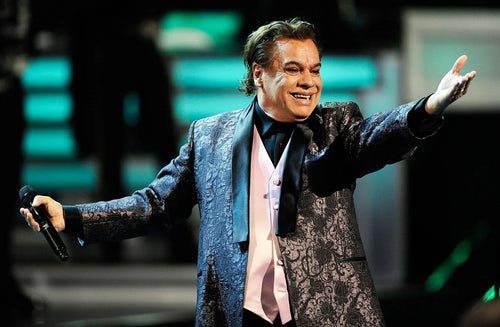
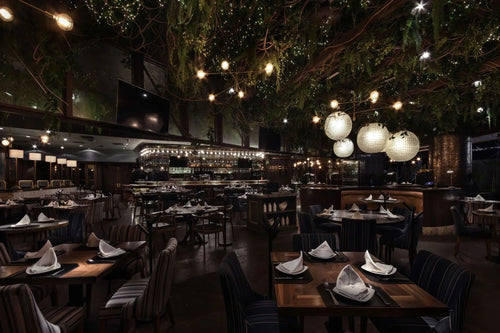




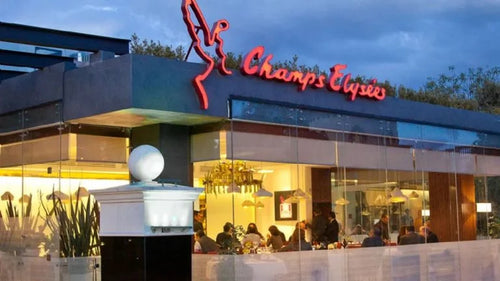
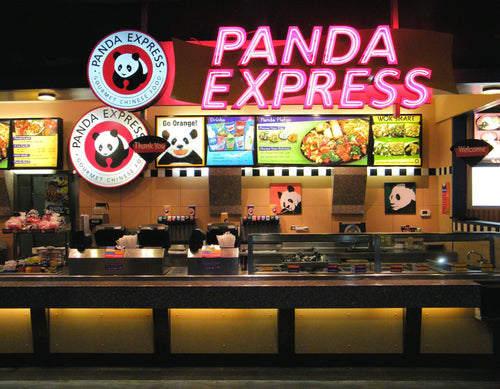

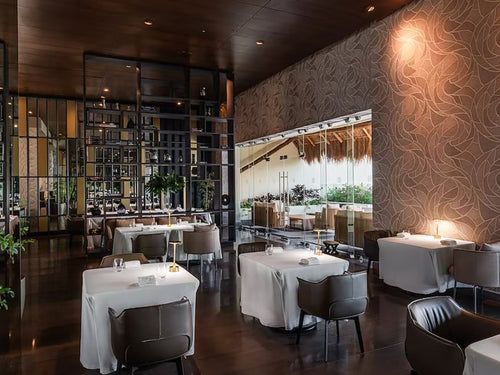

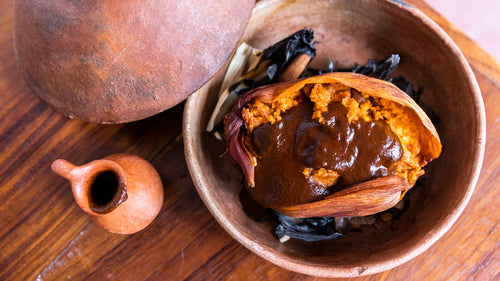
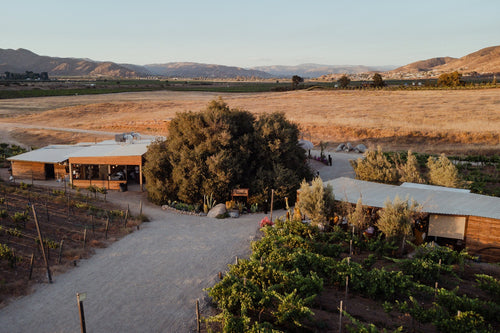
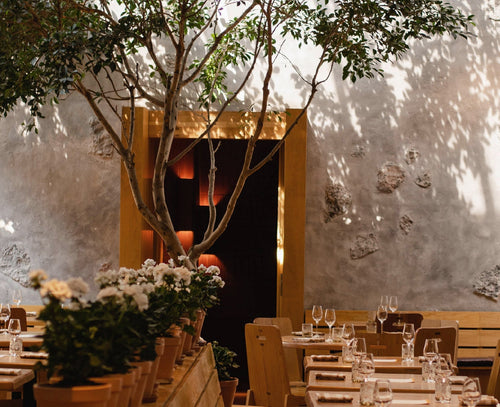
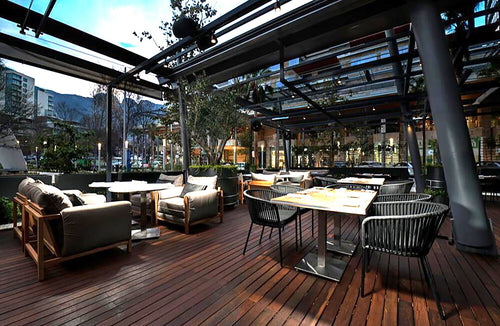
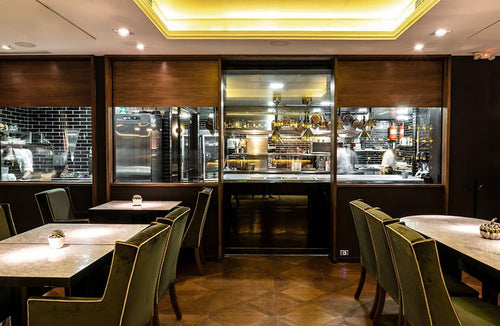
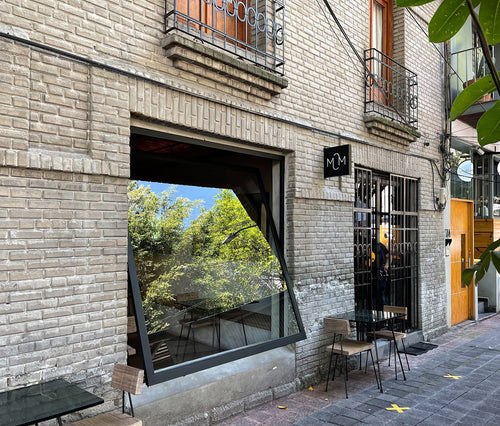


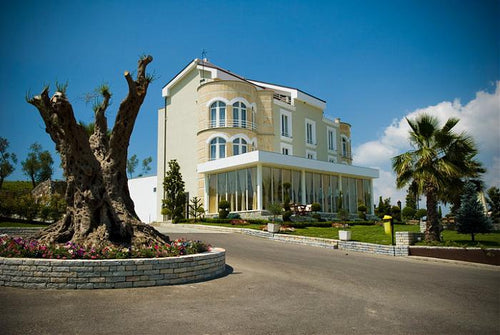
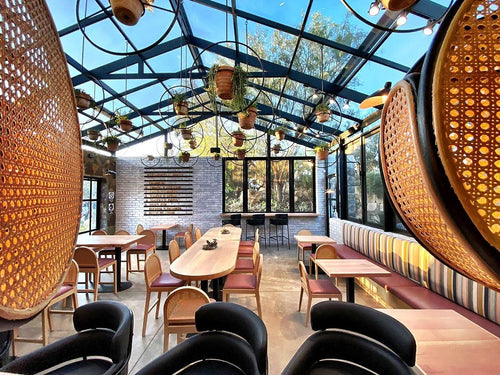
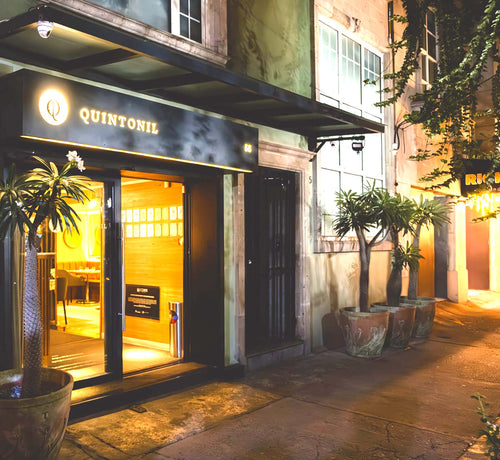

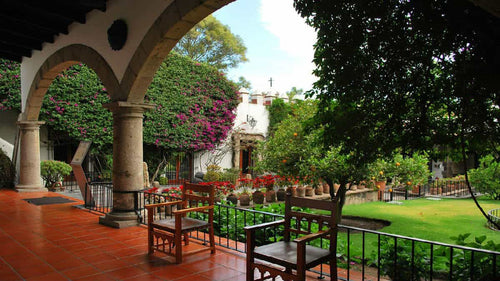
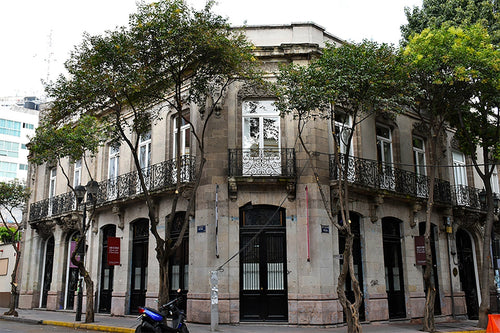

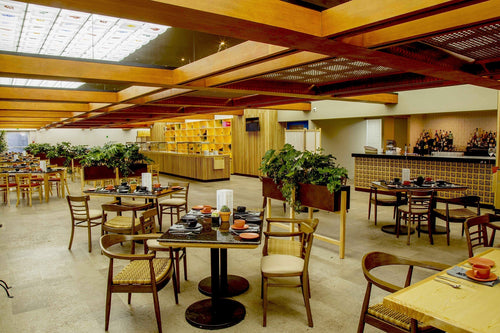
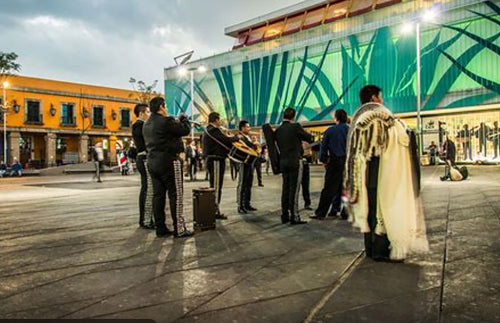

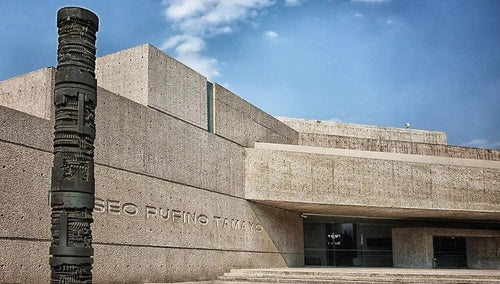

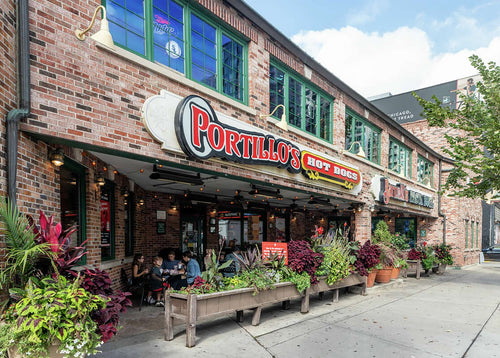
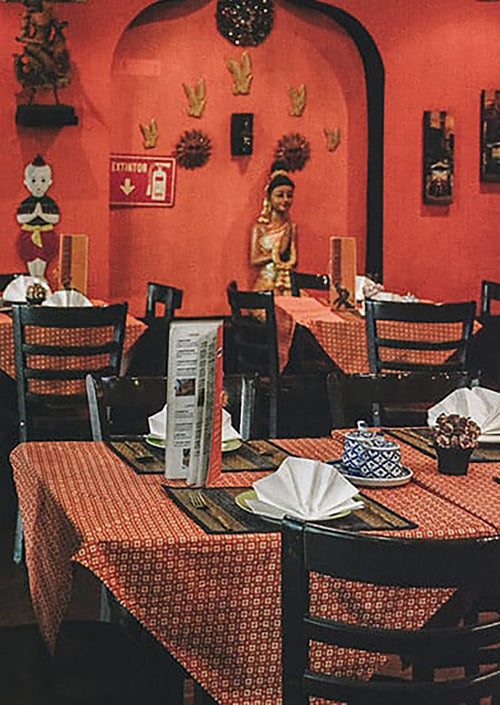
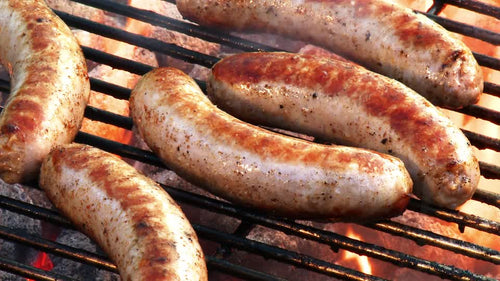
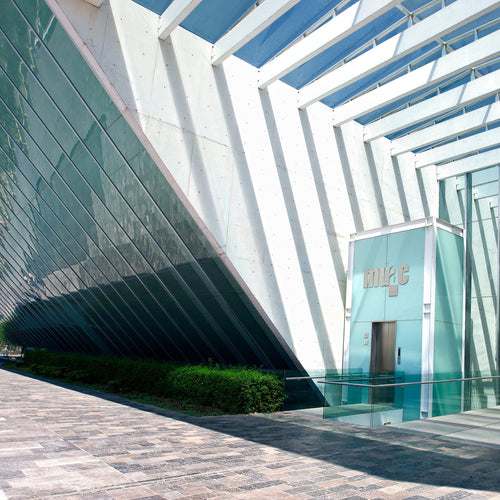
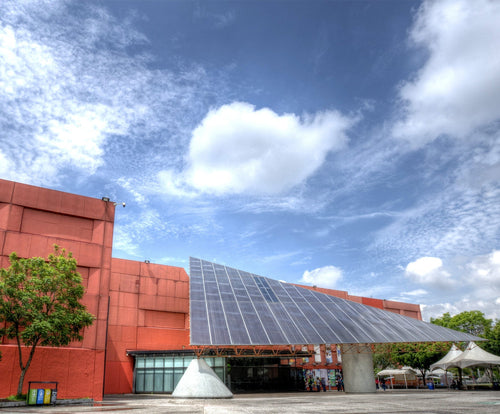
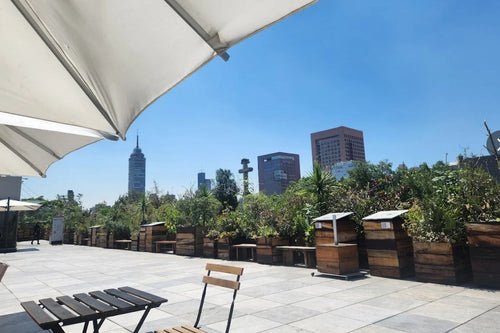
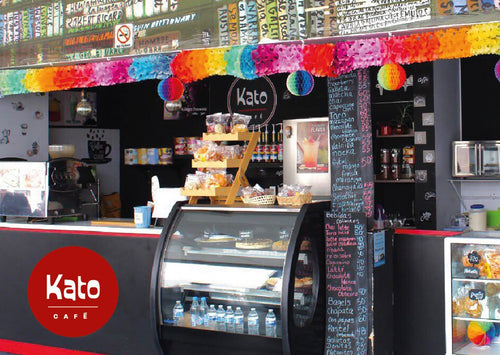


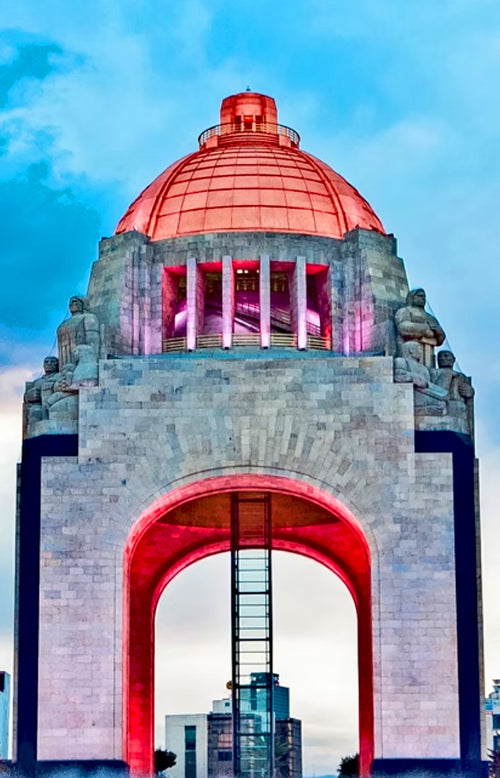
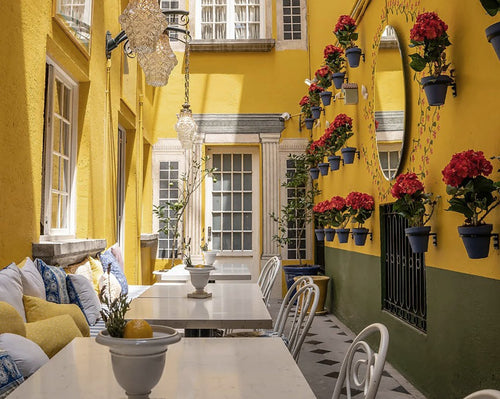
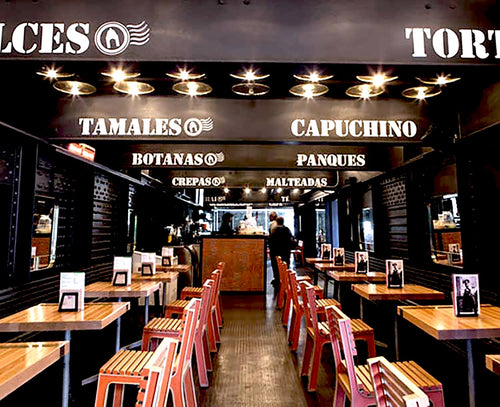
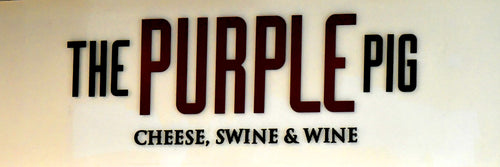

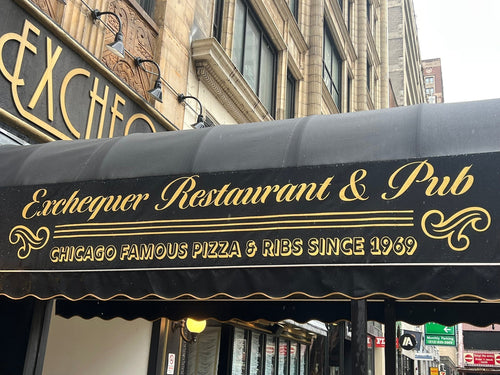
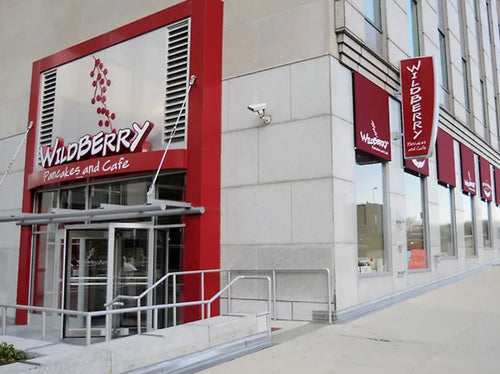
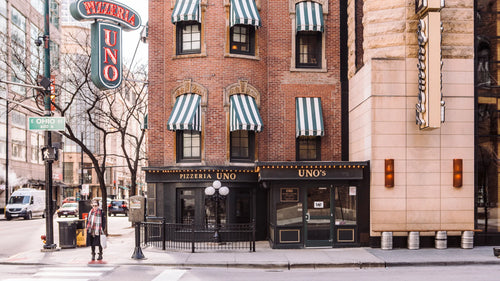

3 comments
El mismo que viste y calza
Es una pena que Enrique Alfaro, soberbio gobernador de Jalisco , no haya querido entrar a pagar la visita de los jueces de la Guía, creo hay mucho que contar por allá en términos gastronómicos.
Arturo Ortega
Hola! Te he seguido desde hace unos meses, a veces me entretengo con los comentarios en tus videos de TikTok jaja. Siempre me ha parecido interesante la visión del mexicano sobre su propia comida, de alguna forma lo percibo complejo y/o en conflicto.
A veces pareciera que solo lo que está en un mercado es lo mejor o lo que realmente representa a México dejando de lado toma la comida de mar, salsas y demás platillos con fuertes influencias extranjeras.
Hablar de gustos en la comida puede volverse como hablar de gustos musicales y política, es muy personal y si no de toca con cierto tacto duele haber una reacción no esperada.Es evidente que el mexicano constantemente busca una validación del extranjero hacia su cultura y cuánto está llega como en esta ocasión pareciera que no fue al México correcto y se espera que se le da una estrella de Michelin a la comida del mercado o a la comida que hacen las familias mexicanas.
Perdón por extenderme pero estoy tratando de entender cómo pasa esto, ¿Tienes alguna idea?
Otra cosa, siempre dudo un poco de la meritocracia de mucho premios de cualquier índole, por lo general viene acompañados de intereses de diferente tipo.
No entendí muy bien quienes pagan a Michelin para la guía ¿los estados como entidad o el gremio restaurantero de ese estado? Eso como en muchos otros lados ¿no compromete la inclusión a esta guia? ¿Por alguna situación entre chefs o dueños o competencia? ¿La constante y evidente situación de abuso y acososo laboral así como jornadas de trabajo sin pagar de muchos cocineros, chefs y meceros en casi todo el país cuenta para algo en este tipo de premios? ¿Debería?
Saludos, me gustó mucho tu guía para la guía. Me puso a pensar. Ojalá puedas contestarme, como te darás cuenta no entiendo muchas cosas pero me resulta interesante.
Arturo Ortega
Hola! Te he seguido desde hace unos meses, a veces me entretengo con los comentarios en tus videos de TikTok jaja. Siempre me ha parecido interesante la visión del mexicano sobre su propia comida, de alguna forma lo percibo complejo y/o en conflicto.
A veces pareciera que solo lo que está en un mercado es lo mejor o lo que realmente representa a México dejando de lado toma la comida de mar, salsas y demás platillos con fuertes influencias extranjeras.
Hablar de gustos en la comida puede volverse como hablar de gustos musicales y política, es muy personal y si no de toca con cierto tacto duele haber una reacción no esperada.Es evidente que el mexicano constantemente busca una validación del extranjero hacia su cultura y cuánto está llega como en esta ocasión pareciera que no fue al México correcto y se espera que se le da una estrella de Michelin a la comida del mercado o a la comida que hacen las familias mexicanas.
Perdón por extenderme pero estoy tratando de entender cómo pasa esto, ¿Tienes alguna idea?
Otra cosa, siempre dudo un poco de la meritocracia de mucho premios de cualquier índole, por lo general viene acompañados de intereses de diferente tipo.
No entendí muy bien quienes pagan a Michelin para la guía ¿los estados como entidad o el gremio restaurantero de ese estado? Eso como en muchos otros lados ¿no compromete la inclusión a esta guia? ¿Por alguna situación entre chefs o dueños o competencia? ¿La constante y evidente situación de abuso y acososo laboral así como jornadas de trabajo sin pagar de muchos cocineros, chefs y meceros en casi todo el país cuenta para algo en este tipo de premios? ¿Debería?
Saludos, me gustó mucho tu guía para la guía. Me puso a pensar. Ojalá puedas contestarme, como te darás cuenta no entiendo muchas cosas pero me resulta interesante.